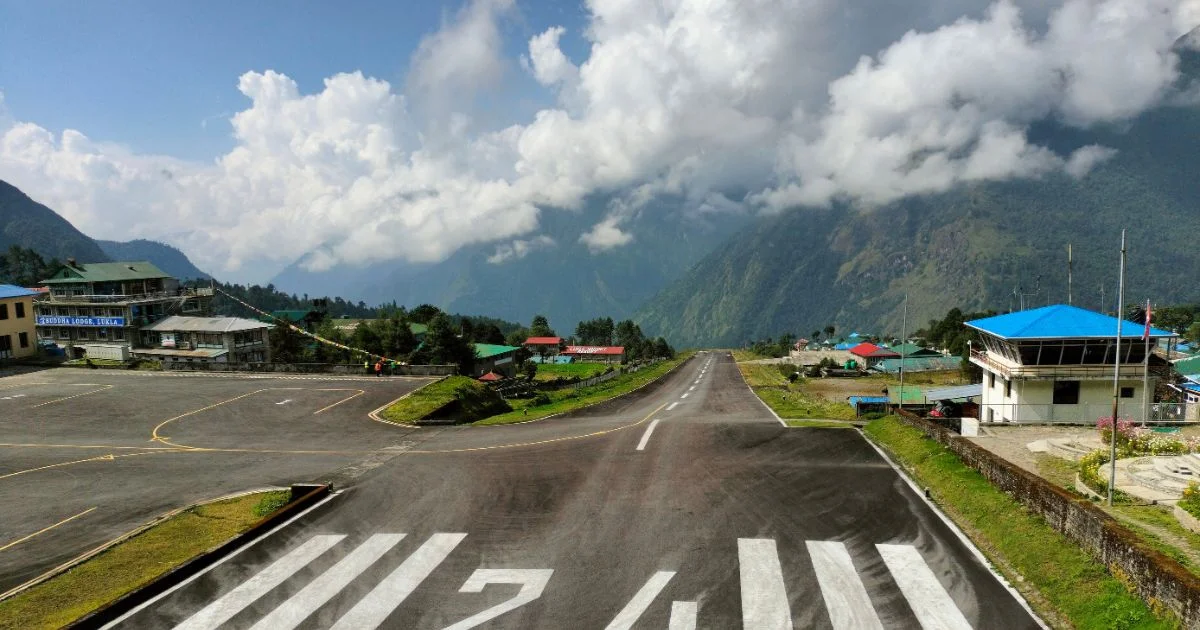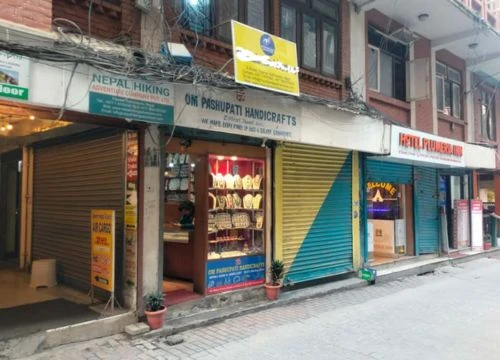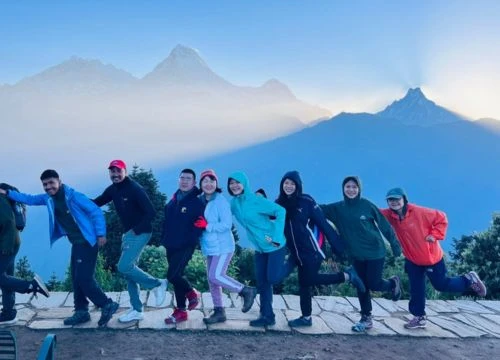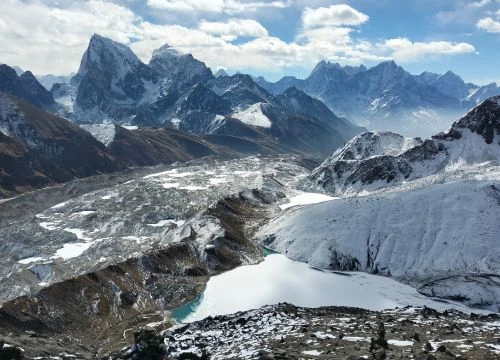What Makes This the Ultimate Trekking Experience
Transformation from Hiker to Mountaineer
The everest base camp hike stands as the crown jewel among trekking destinations worldwide. This incredible trek transforms ordinary hikers into accomplished mountaineers, offering an authentic teahouse trek experience that combines comfort with adventure. In contrast to many high altitude trekking expeditions that require extensive camping equipment and technical expertise, the everest base camp trail provides well-established infrastructure while maintaining the raw beauty of the Nepal Himalaya.
Spectacular Mountain Views
The route to everest base camp winds through the most spectacular corner of nepal, showcasing eight towering peaks above 8,000 meters. From the start of the trek in Lukla, adventurers embark on a journey that has captivated explorers for decades. The base camp elevation of 17,598 feet represents more than just altitude - it symbolizes human determination and the pursuit of extraordinary experiences.
Perfect Balance of Challenge and Accessibility
What distinguishes this trek from the annapurna base camp adventures is the perfect balance of challenge and accessibility. The best EBC experience doesn't require technical climbing skills, yet it demands physical preparation and mental resilience.
Key distinguishing features:
No technical climbing skills required
Physical preparation and mental resilience essential
Sophisticated support systems from trekking agencies
Accessible to determined hikers from around the globe
Unmatched views of the everest massif in the popular trekking area of the Khumbu region
Trekking agencies have developed sophisticated support systems that make this once-exclusive expedition accessible to determined hikers from around the globe. This special trekking experience in the popular trekking area of the Khumbu region offers unmatched views of the everest massif.
Everest Base Camp Overview
The Classic Route: Lukla to Base Camp
Your Himalayan odyssey begins with Lukla's legendary airport - dubbed the world's most dangerous runway. This 35-minute short flight from Kathmandu deposits you directly into the Everest region, eliminating days of road travel required for other treks in the Everest region.
Key Trail Highlights:
Lukla Airport (9,383 ft): Gateway to Everest, bustling with expedition gear and mountain energy
Namche Bazaar (11,286 ft): Sherpa capital featuring colorful markets, internet cafes, and acclimatization rest days
Tengboche Monastery (12,664 ft): Ancient Buddhist gompa with panoramic views and morning prayer ceremonies
Dingboche (14,469 ft): Stone-walled village surrounded by dramatic peaks, perfect for altitude adjustment
Lobuche (16,175 ft): Final overnight stop before base camp, with views of Everest and Khumbu Glacier
Gorak Shep (17,014 ft): Last settlement before Mount Everest Base Camp, where trekkers typically spend their final night
Everest Base Camp (17,598 ft): The ultimate destination - expedition tents, prayer flags, and Everest towering overhead
Kala Patthar (18,519 ft): Optional sunrise viewpoint offering the trek's most spectacular photography of the highest mountain in the world
Unique Features of the EBC Experience
Teahouse Trekking Revolution: Unlike camping-dependent expeditions, the everest base camp tour route's lodge network provides hot meals, comfortable beds, and social interaction with fellow adventurers from around the globe.
Living Culture: This isn't a museum trek through abandoned settlements. Sherpa people actively farm, trade, and practice Buddhism while welcoming thousands of international visitors annually along the everest base camp trail.
Glacial Theater: Few accessible locations showcase glacial geology like this region in nepal. Massive moraines, crevassed icefalls, and alpine lakes create a natural classroom in mountain formation.
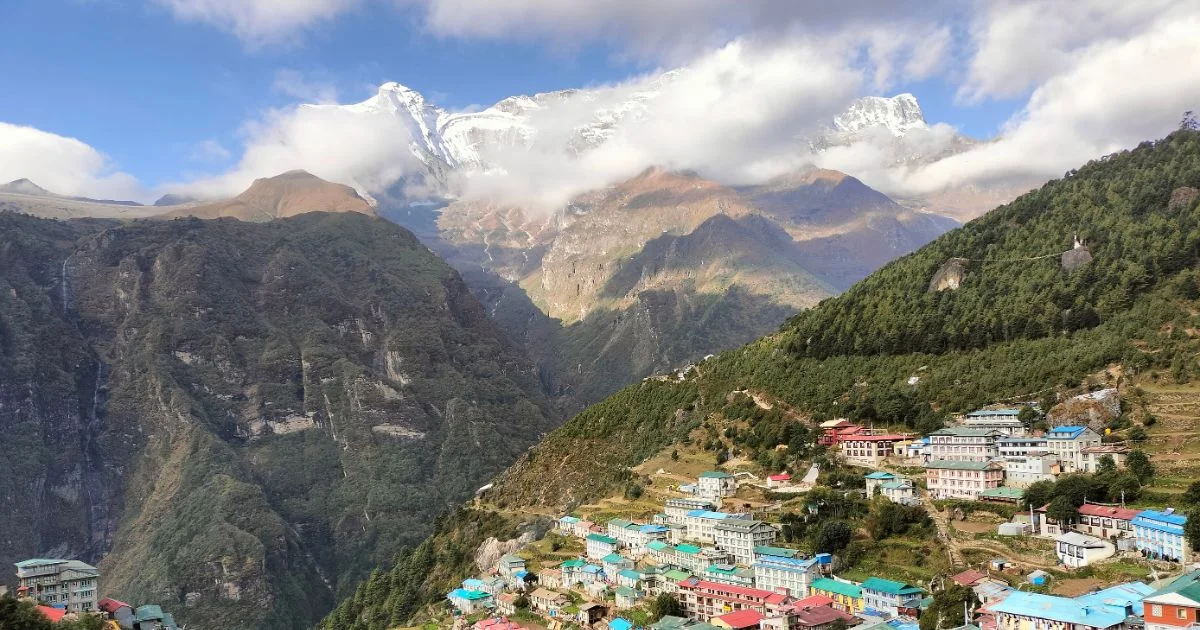
Best Treks in the World Comparisons
Trek Comparison Table
Trek | Locations | Duration | Max Altitude | Difficulty |
Everest Base Camp | Nepal | 2 weeks | 5,545 m (18,193 ft) | Moderate |
Markha Valley trek | India, Ladakh | 6–7 days | 5,260 m (17,257 ft) | Moderate |
The Walkers' Haute Route | France–Switzerland | 14 days | 2,987 m (9,799 ft) | Challenging |
Torres del Paine O Trek | Chile | 9 days | 1,220 m (4,003 ft) | Challenging |
Kalalau trail | USA, Hawaiʻi | 2 days | 244 m (800 ft) | Moderate |
Inca Trail | Peru | 4–5 days | 4,200 m (13,780 ft) | Moderate |
Routeburn Track | New Zealand | 3–4 days | 1,255 m (4,117 ft) | Moderate |
Gunung Rinjani | Indonesia | 2 days | 3,726 m (12,224 ft) | Moderate |
Kilimanjaro | Tanzania | 5–9 days | 5,895 m (19,340 ft) | Moderate |
GR20 | France, Corsica | 15 days | 2,220 m (7,283 ft) | Challenging |
Alternative Routes and Extended Adventures
Classic Route Variations
While the classic route to base camp remains the most popular choice, adventurous trekkers can explore variations that offer different perspectives of this magnificent everest base camp in nepal region. The gokyo lakes trek provides an alternative route featuring pristine alpine lakes and spectacular views of everest from Gokyo Ri. This variation showcases a different aspect of the everest region while maintaining the authentic trekking experience. Many trekking enthusiasts choose these treks in the everest region for their diverse perspectives of the highest mountain in the world.
Advanced Challenges: Three Passes Trek
For those seeking greater challenges, the three passes trek combines the classic route to EBC with three high-altitude passes: Cho La, Renjo La, and Kongma La.
Three Passes Trek features:
18-21 days duration for extended adventure
Most comprehensive exploration of the khumbu region of nepal
Multiple base camps experience
Deeper appreciation for geological diversity
Advanced trekking challenge
This extended adventure typically requires 18-21 days and offers the most comprehensive exploration of the everest region. Advanced trekkers often choose this route to experience multiple base camps and gain deeper appreciation for the area's geological diversity.
Remote Wilderness Options
Makalu Base Camp Trek: The makalu base camp trek represents another exceptional option for those seeking to trek independently through less crowded areas. While more remote than the main everest route, it offers pristine wilderness and spectacular mountain vistas.
Manaslu Base Camp Adventure: The manaslu base camp adventure provides cultural immersion with fewer crowds, though it requires more technical expertise than the traditional EBC hike.
ABC Trek Alternative: The ABC trek, while located in a different region, offers comparable cultural experiences with less altitude stress. Most trekkers find that views of everest and the iconic status of reaching the world's highest mountain's base camp create an unmatched sense of achievement.
Planning Your EBC Adventure: Timing and Logistics
Best Time to Trek
Optimal Weather Seasons The time to trek to everest depends on weather patterns and personal preferences. The trekking season typically runs from March through May and September through November, when the best times offer stable weather and clear mountain views. October through November provides crystal-clear visibility and comfortable daytime temperatures, making it the peak season for this iconic trekking adventure.
Choosing Tour Operators and Packages
Professional Trekking Services Trekking companies offer various package options to accommodate different budgets and experience levels. The best trekking operators provide comprehensive services including permits, accommodation, meals, and expert trek guides.
Tour operator services include:
Permits and documentation handling
Accommodation arrangements
Meal planning and preparation
Expert trek guides
Customized itineraries for different fitness levels
A tour operator in nepal can customize itineraries to match individual fitness levels and time constraints. Most standard itineraries range from 8 days to 11 days, with some extended versions lasting up to 10 days or more.
Pre-Trek Preparation
Physical and Mental Training The start the trek preparation should begin months in advance, focusing on cardiovascular fitness and mental preparation. Base camp trekking demands physical endurance, but proper training makes the challenge achievable for most determined individuals.
Preparation essentials:
Cardiovascular fitness training (months in advance)
Mental preparation and resilience building
Trek duration understanding (12-14 days typically)
Extended versions up to three weeks
Proper acclimatization planning for high altitude conditions
The trek typically requires 12-14 days, though extended versions can last up to three weeks. Proper acclimatization days are essential for safely adjusting to high altitude conditions.
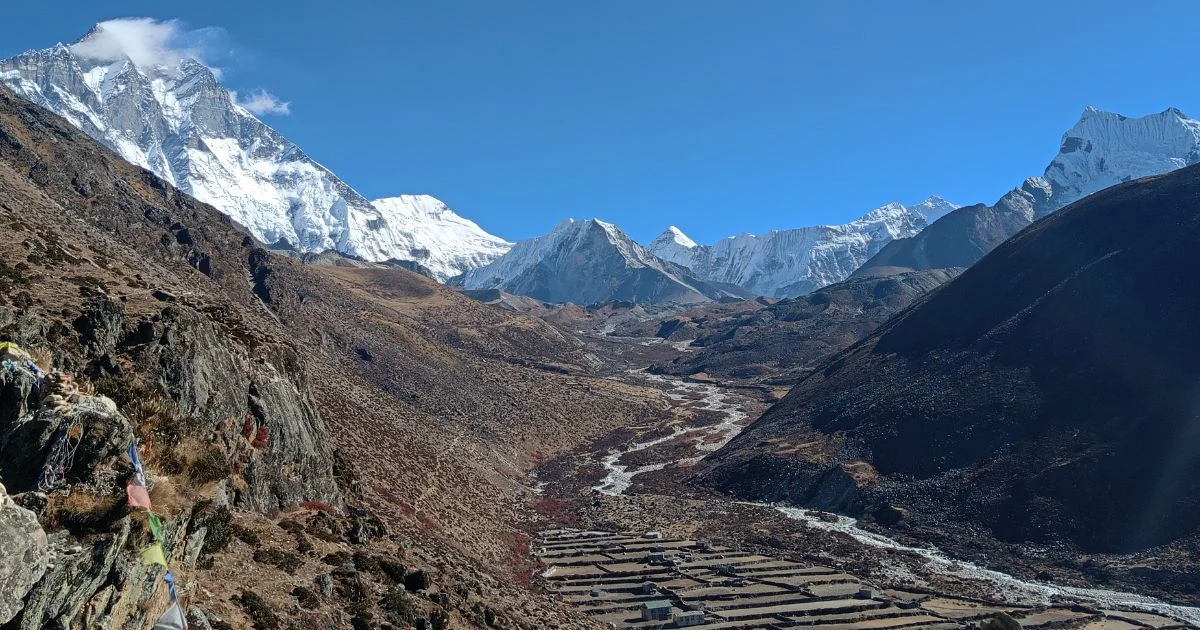
Cultural Immersion and Local Impact
Sherpa Community Engagement
Traditional Lifestyle Preservation The trek to mount everest offers unparalleled cultural immersion opportunities. Sherpa communities have adapted to international tourism while maintaining their traditional lifestyle and Buddhist practices. Trekkers staying in local teahouses directly support family businesses, creating sustainable economic benefits for mountain communities.
Infrastructure and Development
Sustainable Tourism Development The trekking infrastructure includes well-maintained trails, comfortable lodges, and reliable communication systems. This development has occurred thoughtfully, preserving cultural authenticity while ensuring trekker safety.
Infrastructure highlights:
Well-maintained trails throughout the route
Comfortable lodge accommodations
Reliable communication systems
The everest view hotel and luxury establishments
Enhanced comfort during high altitude trekking experience
The everest view hotel and similar establishments provide luxury accommodations for those preferring enhanced comfort during their high altitude trekking experience.
Cultural Exchange Opportunities
Generations of Mountain Wisdom Local guides share generations of mountain wisdom, explaining weather patterns, cultural customs, and survival techniques passed down through families. These interactions transform the mt everest trek from simple hiking into genuine cultural exchange. Many trekkers report that conversations with Sherpa guides and families prove as memorable as reaching the actual base camp in nepal.
Safety Considerations and Emergency Planning
High Altitude Health Management
Altitude Sickness Prevention High altitude trekking presents unique challenges that require careful planning and respect for mountain conditions. The EBC tour includes comprehensive safety protocols, from acclimatization schedules to emergency evacuation procedures. Professional trekking agencies maintain communication equipment and helicopter evacuation arrangements throughout the everest region.
Primary health concerns:
Acute mountain sickness above 3,000 meters
Proper acclimatization scheduling requirements
Adequate hydration maintenance
Symptom recognition and response
Trek guide health monitoring
Acute mountain sickness represents the primary health concern during parts of the trek above 3,000 meters. Proper acclimatization, adequate hydration, and recognition of symptoms prevent most serious complications. Trek guides monitor group health continuously, adjusting itineraries when necessary to ensure trekker safety. While some climbers have died on everest, proper preparation and guided support significantly minimize risks for base camp trekkers.
Weather and Equipment Considerations
Mountain Condition Preparedness Weather conditions can change rapidly in the nepal himalaya, requiring flexible planning and quality equipment. Trekking poles provide essential stability on steep terrain and river crossings.
Essential preparations include:
Flexible planning for rapid weather changes
Quality equipment for mountain conditions
Trekking poles for stability
Equipment lists from trekking companies
Gear rental services for international travelers
The best trekking companies provide detailed equipment lists and gear rental services for international travelers.
Photography and Documentation Opportunities
Diverse Photography Subjects
Landscapes and Cultural Portraits The hike to everest provides exceptional photography opportunities, from intimate cultural portraits to sweeping mountain vistas. The route to EBC passes through diverse landscapes offering varied compositions and lighting conditions. Professional photographers and casual enthusiasts alike find endless subjects along the trekking trail.
Iconic Photographic Moments
Signature Views and Scenes Sunrise views from Kala Patthar showcase mount everest in golden light, creating the trek's most iconic photographic moment. The entire journey offers remarkable scenes: suspension bridge crossings, prayer flag displays, yak caravans, and monastery ceremonies. These images serve as lasting reminders of the transformative trekking experience.
Photography opportunities include:
Kala Patthar sunrise over Mount Everest
Suspension bridge crossings
Prayer flag displays throughout the trail
Yak caravans on mountain paths
Monastery ceremonies and cultural events
Conservation and cultural preservation documentation
The world heritage designation of Sagarmatha National Park ensures protection of the natural and cultural landscapes that make this trek extraordinary. Photographers can document not only stunning scenery but also conservation efforts and cultural preservation initiatives throughout the region.
Extended Adventures and Connections
Nepal Trek Combinations
Eastern Nepal Adventures Many trekkers combine the EBC trek with other adventures in nepal. The kanchenjunga base camp trek offers a more remote experience in eastern nepal, while the makalu base camp trek provides technical challenges for experienced mountaineers. These combinations create comprehensive exploration of nepal's most spectacular mountain regions.
Alternative Everest Approaches
Tibet Route Comparison The north base camp in Tibet presents an alternative approach to everest from the Chinese side. The nepal route offers superior cultural experiences and more developed trekking infrastructure. Most international trekkers prefer the southern approach through the everest region for its accessibility and community interactions.
Enhanced Adventure Options
Flight and Helicopter Services Some adventurers choose to trek by flying directly to higher elevations, reducing walking time while maintaining the essential base camp achievement.
Enhanced options include:
Direct flights to higher elevations
Reduced walking time with maintained achievement
Helicopter scenic flights
Emergency evacuation capabilities
Added safety and flexibility to adventure experience
Helicopter services provide scenic flights and emergency evacuation capabilities, adding safety and flexibility to the overall adventure experience.
Summit the World's Best Trek with Everest Base Camp
The Best Trek in the World: Everest Base Camp Trek stands alone as the premier trekking adventure because it delivers everything serious adventurers seek: iconic achievement, cultural immersion, stunning views, and personal transformation. While other treks offer pieces of this experience, none combine Everest's magnetic draw with Sherpa cultural authenticity and teahouse infrastructure that makes extreme altitude accessible to determined hikers rather than elite mountaineers.
The trekking in Nepal experience reaches its pinnacle on the route to EBC because it's about discovering personal capabilities while connecting with mountain communities. The trek starts from Lukla and takes you through the most spectacular corner of Nepal, offering adventure photography, cultural education, physical challenges, and spiritual experiences within a single comprehensive journey.
The Everest Base Camp Trek awaits - your chance to join the world's elite adventurers and return transformed. This journey through Nepal's legendary trails will redefine what you thought possible. Stop planning and start doing. Contact Nepal Everest Base Camp Trek Co. today to secure your spot on the adventure that changes everything. The mountains are calling - answer now.
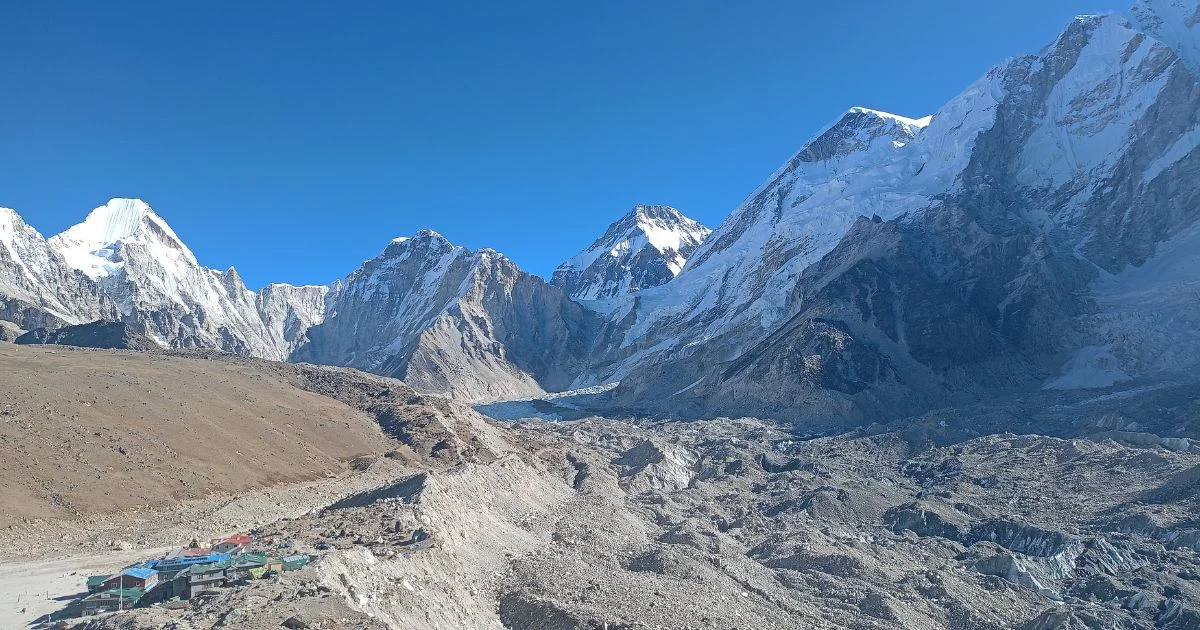
FAQ - Common Questions About EBC as the Best Trek
What is the best time to trek Everest Base Camp?
October-November and March-May offer optimal conditions with crystal-clear mountain views and stable weather for the trek to EBC. Avoid monsoon season (June-September) due to limited visibility and frequent rain throughout the Everest region.
How difficult is EBC compared to Annapurna Circuit or other global treks?
The EBC trek ranks as moderate to challenging primarily due to high altitude (18,519 ft) rather than technical terrain. Compared to Annapurna Circuit, it involves greater elevation gain and altitude risks but offers superior teahouse infrastructure without requiring specialized climbing skills.
Can solo women safely trek EBC?
Yes, with proper precautions as Nepal's Sherpa culture highly respects women, creating safe environments throughout the Khumbu region. Guided treks through reputable trekking companies are recommended for logistics, safety monitoring, and connecting with other female travelers at teahouses.
What permits and documentation are required for the trek?
Required permits include TIMS Card ($20 USD), Sagarmatha National Park Entry Permit ($25 USD), valid passport, and travel insurance with helicopter evacuation coverage. Permits can be obtained in Kathmandu before departure or at checkpoint entry points where the trek starts.
Is it possible to do EBC as a short or luxury trek with helicopter return?
Helicopter return options allow trekkers to walk to base camp (9-12 days) then fly back to Lukla, saving return trekking time. Luxury packages ($3,000-6,500) include premium lodges, private guides, gourmet meals, and porter services while maintaining the authentic EBC tour achievement experience.
